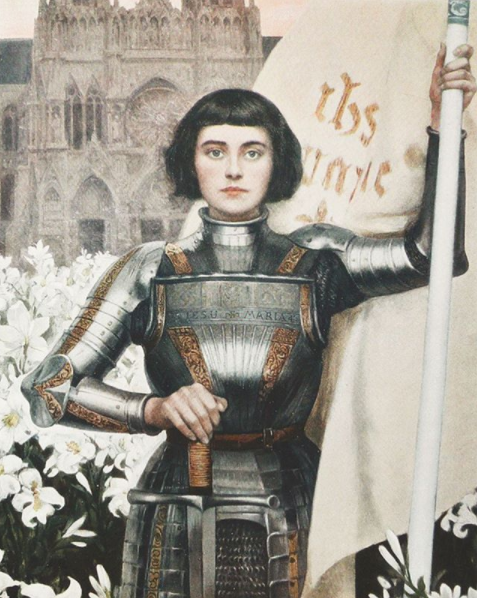Unexpected Insights Into the Life of Joan of Arc
Discover fascinating lesser-known facts about Joan of Arc, from her true name and leadership style to her possible health conditions. Explore how her legacy shaped history and inspired modern trends, including the iconic bob haircut. This article offers unique insights into her life beyond the common stories, highlighting her impact as a historical and cultural icon.

Unexpected Insights Into the Life of Joan of Arc
Source: www.instagram.com/regiumethistoria
Joan of Arc, known in French as Jeanne d'Arc and in medieval French as Jehanne D'Arc, was a humble girl from medieval France. Despite dying at just 19 in the early 15th century, her influence endures. In a time when women had limited rights, she led troops and motivated a nation with her courage and unwavering faith. Believing she was chosen by God, Joan persuaded Prince Charles of Valois to let her command the French forces. She famously led the relief of Orléans, securing a pivotal victory against the English and their allies, the Burgundians.
Captured by Anglo-Burgundian troops, Joan faced trial for heresy and witchcraft after witnessing the coronation of King Charles VII. She was sentenced to death and burned at the stake at age 19. Her true legacy was forged years after her death, transforming her into a legendary figure. Canonized in 1920 as the Maid of Orléans, she remains a symbol of French unity and nationalism. Many know her story, but some intriguing facts about her life are lesser known.
Here are some surprising truths about Joan of Arc you might not have heard before:
1. Jehanne D'Arc Was Her Original Name
While widely called Joan of Arc, her actual name was Jehanne D'Arc. She hailed from Domrémy in northeastern France. During her trial, she referred to herself as “Jehanne la Pucelle,” meaning “Joan the Maid.” The nickname Joan of Arc originated from her father’s surname and became popular over time.
2. She Did Not Have Combat Experience
Recognized as a fearless leader, Joan did not participate directly in combat or kill enemies. Instead, she crafted strategies, commanded troops, and offered diplomatic input. Frequently, she accompanied her soldiers carrying her banner, acting as an inspirational figure rather than a fighter.
3. Modern Doctors Suggest She Might Have Had Mental Health Issues
Having experienced visions and voices from around age 12-13, Joan believed these were divine messages. Some modern experts speculate she could have suffered from conditions like epilepsy or schizophrenia, given that she described visions accompanied by bright lights and ringing bells, symptoms common to such disorders.
4. Her Execution Was Not for Witchcraft
Many assume she was burned for witchcraft, but that’s not entirely accurate. She was tried by a church court on various charges, including heresy and wearing men's clothing. She was illiterate, and her enemies manipulated her confession, leading to her being condemned as a heretic and executed by burning in 1431.
5. She Had a Fiery Temper
Joan was known for her strong personality. She often scolded men for their misconduct, and was said to have chased away mistresses and prostitutes with her sword or even through physical confrontations.
6. Her Short Hair Inspired the Bob Cut in 1909
Joan’s decision to cut her long hair inspired the popular bob haircut. In 1909, barber Antoine, inspired by her, started creating shorter hairstyles for clients. This style became a fashion trend in the 1920s, popularized by silent film stars inspired by her bold image.
Note:
Our blog offers diverse, informative content to help readers explore various topics. While we strive for accuracy, please note that information may vary across sources, and articles should not be considered definitive. We disclaim responsibility for discrepancies or errors and advise verifying details through additional research.








